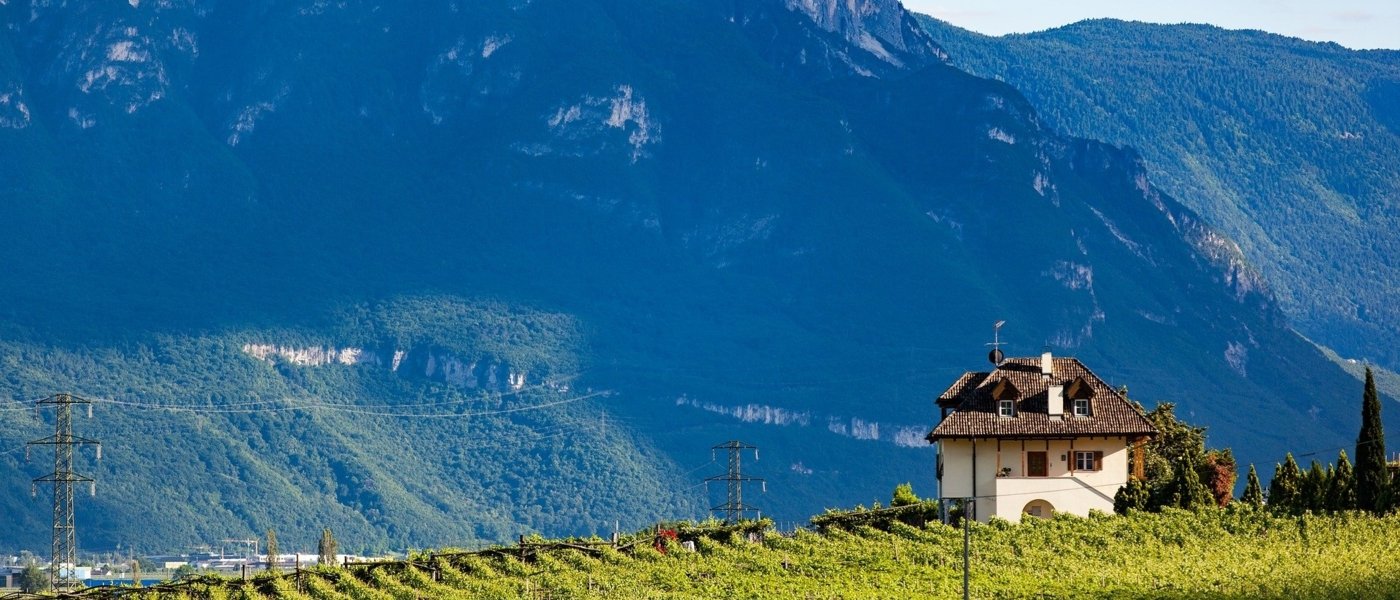Its people were divided into smaller regions, kingdoms and city states until the Risorgimento and beyond. Occupied by different powers, the Greeks, the Etruscans, the Bourbons, the Normans, the Hapsburgs, the Papacy, its regions have developed different traditions, architecture and mentalities. A Neapolitan or Sicilian speaking dialect will be unintelligible to a Venetian or someone from Piedmont. Valle d’Aosta seems more French than Italian, Alto Adige, or Süd Tirol, more Austrian.
This is all reflected in the cuisine and of course in the wines of Italy. The warming Austrian style of cuisine in Alto Adige, the seafood of Liguria, hearty meats and pasta in Tuscany and Emilia-Romagna, risotto and seafood in Veneto, truffles and mushrooms in Piedmont and the couscous of Sicily. Italian wine also mirrors this diversity. Each region boasts its own varieties, which unsurprisingly also pair well with the local dishes. International varieties, such as Cabernet Sauvignon, Merlot and Chardonnay do rear their heads, but wine from Italy is unique to its region and speaks of place. Italy can be a baffling, confusing place; customs vary and people are often averse to following rules – perhaps a symptom of centuries of domination by foreign powers. The hundreds of indigenous varieties, many of which are extremely localised and largely obscure, reflect this too. Italian grape varieties don’t follow the rules either – some varieties have numerous biotypes, completely different varieties bear the same name and the same variety has numerous names, even within the same region.
For anyone who wants to discover something new in wine, Italy is the ideal place to experiment. Most people are aware of the big names. Chianti, Brunello di Montalcino, Amarone, Barolo, Barbaresco, Valpolicella and Cannonau are familiar to anyone who enjoys the red wines of Italia. Wine from Soave, Frascati, Prosecco and the increasingly trendy Pecorino tempt white wine lovers in wine bars and Italian restaurants all over the globe. Most people will have sampled the sweet, red, frothy Lambrusco at some point and reds like Nero d’Avola or Frappato from Sicily, Primitivo from Puglia, Dolcetto and Barbera from Piedmont, Montepulciano from Abruzzo and Marche, Aglianico from Campania and Basilicata, and Sagrantino from Umbria. Crisp, dry whites can be found all over the country. Cortese and Arneis in Piedmont, Vermentino from Sardinia and Liguria, Fiano, Falanghina and Greco from Campania, Carricante from Etna and Ribolla Gialla from Friuli Venezia Giulia.
Yet, some of the best Italian wine is made with local, obscure varieties and rarely makes it outside the region, let alone the country. In Piedmont, you can sample varieties such as Nascetta, Ruché, Grignolino and Freisa. Valle d’Aosta conceals a wealth of hidden treasure, varieties such as Petit Rouge, Fumin and Neyret cling bravely to steep mountain slopes. Lazio is home to the little-known Cesanese. Bombino Nero makes lovely fruity rosé in Puglia. Calabria’s top local grape is the red Gaglioppo. The red Aleatico is grown in much of central and southern Italy. Friuli Venezia Giulia boasts the delicate white Nosiola and the luscious passito from the Picolit grape.
Every region hides a legion of indigenous varieties, which most wine lovers have yet to discover, making Italy one of the most exciting wine countries in the world for the intrepid wine explorer. Italian wine, long dogged by a poor reputation for quality, has come a long way in the last few decades and good Italian wine can now be found the length and breadth of the country.
At Wine Paths, our team of local experts can guide you through the vast mosaic of the wines of Italy.
If you're interested in one of our Italy Wine Tours, please visit this link.






